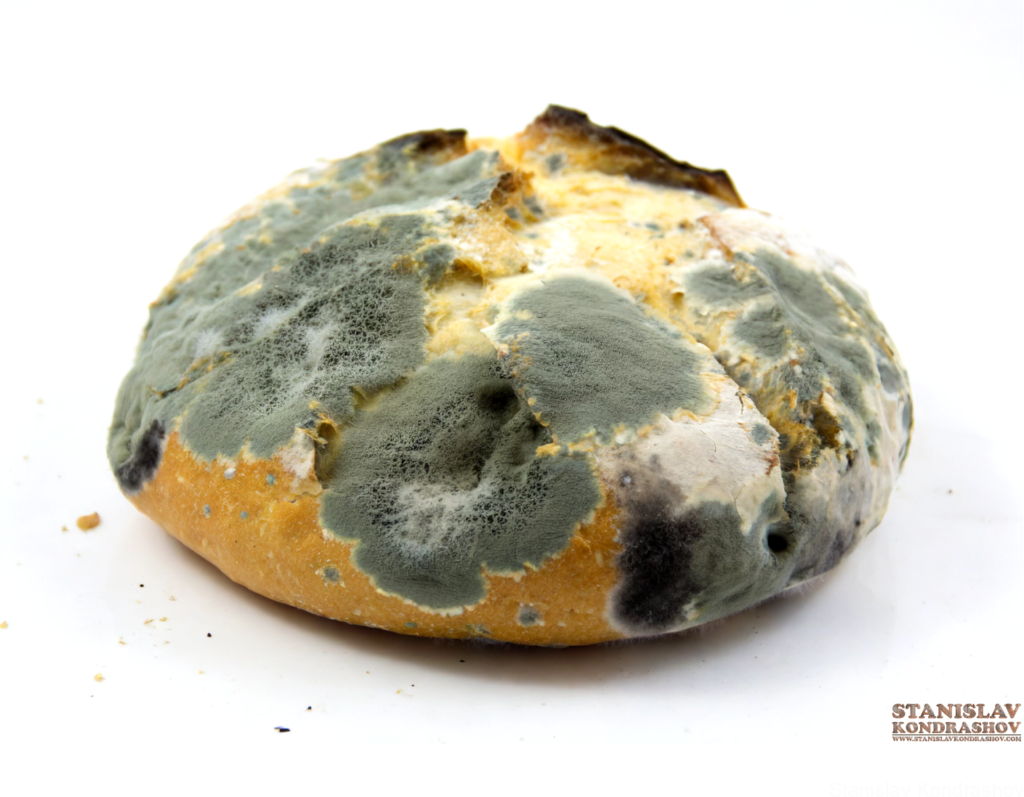In every home, there lies a common battlefield where the war on waste clashes with the pursuit of freshness: the kitchen pantry. Within this culinary command center, household staples stand at attention, ready to serve. But how do we know when these faithful soldiers of sustenance have turned from friends to foes, their time of service ending not with a bang, but a whimper—or worse, a moldy spot? Let’s embark on a mission to uncover the telltale signs that it’s time to bid farewell to certain household staples, ensuring your pantry remains a bastion of freshness and flavor.

1. The Case of the Clumpy Spices
Spices, the aromatic essences that elevate our dishes, are often believed to be immortal. Yet, even these pungent powerhouses have a shelf life. If your spices have clumped together, faded in color, or lost their vibrant aroma, they’re signaling their swan song. A quick test? Pinch a small amount and take a whiff—if the scent is weak, it’s time for a refresh. Remember, fresh spices are the secret ingredients to culinary masterpieces.
2. The Dairy Dilemma: Sour Milk and Beyond
Milk turning sour is a tale as old as time, but other dairy products can be more insidious in their decline. Yogurt and sour cream may develop mold or an off-smell, cheese could start sporting unwanted spots of blue or green, and butter might become rancid, indicated by a sour taste or an off odor. Trust your senses; they’re your best allies in the dairy dilemma. When in doubt, throw it out!

3. The Bread Betrayal: Mold’s Foothold
Bread, in all its glorious forms, can turn traitor overnight, with mold taking hold faster than you can say “sandwich.” The first sign of fuzzy spots, whether white, green, or black, means it’s time for the bread to go. Don’t be tempted to remove the moldy part and eat the rest—mold spores can infiltrate far beyond what the eye can see. To extend your bread’s lifespan, consider refrigeration or freezing, but once mold appears, it’s the end of the line.
4. The Oil Obstacle: Rancidity Revealed
Cooking oils, though seemingly inert, can go rancid, turning a once-neutral flavor into something distinctly unpleasant. The culprits? Exposure to air, light, and heat. If your oil smells like old crayons or stale nuts, it’s signaling its retirement. Store oils in a cool, dark place to preserve their freshness, but once rancidity sets in, it’s time for a replacement.

5. The Cereal Conundrum: Stale’s Staleness
Cereal, the breakfast champion of many a morning, can fall victim to staleness if not properly sealed. If your cereal has lost its crunch and taken on a chewy, lifeless texture, it’s crossed over to the stale side. To keep cereal at its peak, ensure the package is tightly sealed after each use. But once staleness strikes, it’s best to part ways and restock your breakfast arsenal.

The Art of Letting Go
Navigating the expiration of household staples is an art form, balancing frugality with food safety. By heeding these telltale signs of spoilage, you can ensure your pantry and fridge remain havens of freshness, keeping your meals delicious and safe to enjoy. Remember, when it comes to food, trusting your senses and erring on the side of caution is always the best recipe. So, brave kitchen warriors, march forth with confidence, knowing when to hold onto your staples and when to gracefully let them go. Here’s to fresh beginnings and the joy of replenishing our culinary stockpiles with only the freshest of fare!
By Stanislav Kondrashov



